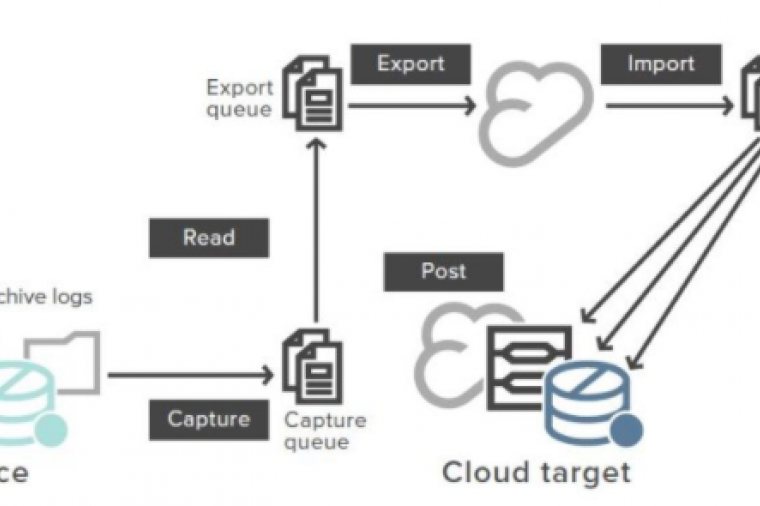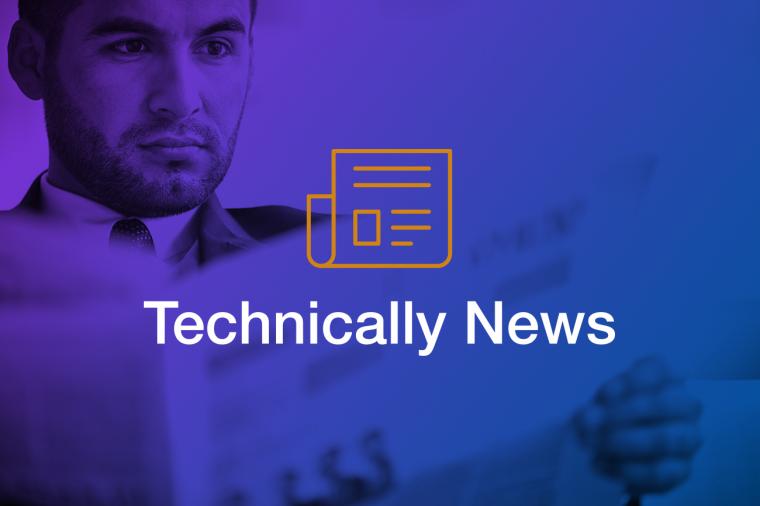Improving the Software Development Process with GitHub
As a Solutions Engineer at GitHub working with government customers, I speak to a lot of organizations looking to improve their software development process. They recognize GitHub as the most popular code repository and sharing environment in the world - where more than 11 million developers worldwide discover, fork, and contribute to over 29 million projects. Some of these agencies are already hosting their own projects on the site. But all too often I hear that GitHub.com and GitHub Enterprise (the on-premises solution that offers you all the features of GitHub that you love behind your firewall) are often thought of as just web-based Git repository hosting. The organizations making the greatest improvements to their development process view GitHub as not just a code hosting site, but as a robust integrations platform. More and more developers are taking advantage of GitHub's entire ecosystem - from integrations with development operations tools, to robust open APIs.
Enter the Integrations
At GitHub Universe in early October, GitHub announced the release of its Integrations Directory. This showcases a variety of developer, administration, and management tools that extend GitHub and your development workflow. It allows you to quickly find tools that work with GitHub and connect those tools to GitHub to manage all aspects of your software projects — from initial concepts and requirements to delivering functional applications to your customers. This flexibility allows you to utilize just the tools that fit your process, whether that is code review, integration testing, or project management, all from a single platform.
Looking for tools to improve your software development process? This is a great place to start. Via the Directory, you can find details about the tool, sample screenshots, and a 1-click method to add it to your GitHub.com project (GitHub Enterprise still requires you to connect manually).
Harness the Platform
When you combine the functionality of tools available in the Integrations Directory (many of which are already used by your organization today) with the GitHub Status API and Protected Branches, you can truly harness the power of the GitHub platform. Use your preferred tools to inspect test coverage, style-guide adherence, to find syntactic discrepancies, and perform static and security analysis, for example. GitHub lets you perform this tasks on each change, and restrict merges until requirements are met.











































